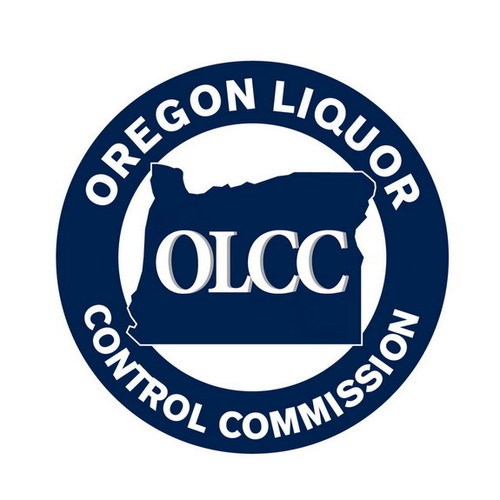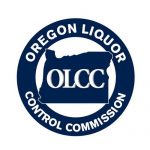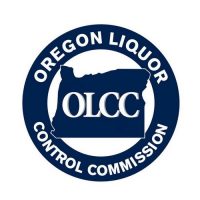As the cannabis industry continues to evolve, recent market challenges have created an environment that is more difficult for industry leaders to navigate. To find success in today’s marketplace, company leaders need to adopt a robust, data-driven approach to combat the influx of rising brands, emerging markets and pricing challenges, among other obstacles. By leveraging data, cannabis brands and companies can better make well-informed decisions to refine their business strategies and drive growth.
The Evolution of the U.S. Cannabis Market
The cannabis industry maintains its ranking as one of the fastest growing industries in the U.S. as the legalization of adult-use and medical cannabis continues to expand. When California first legalized medical cannabis in the 1990s, a lack of regulations in the market created space for new cultivation businesses and dispensaries to form. These early cannabis players leveraged capital to expand and grow, developing a business model that has been replicated many times over the years in markets like Washington, Michigan and Arizona.
“Keystone pricing is a common strategy in today’s cannabis retail market, and manufacturers would benefit from reevaluating how wholesale products are priced to determine the ultimate impact on the bottom line to maximize profits.”Some of the strongest cannabis brands today were formed during this time. Today, the U.S. cannabis landscape looks vastly different, and strict government regulations and stagnant federal policies make it more difficult to find success. Brands that are surviving and thriving in today’s landscape have invested heavily in data operations.
Investing in Data Operations
While data wasn’t essential for cannabis operations in the past, today, it can mean the difference between success and failure for a company. Cultivators, processors and dispensaries that analyze data have a broader perspective that allows them to pivot quickly and stay relevant.
Data-driven decision making is critical for cannabis companies looking to meet and exceed revenue goals at every level. For cultivators, data can help create an optimal environment for growth. Manufacturers can utilize data to improve environmental conditions, reduce waste, cost and more. By leveraging data, retailers can benefit significantly from learning precisely which products should have a place on their shelves.
Business leaders in the emerging cannabis industry benefit from embracing the infrastructure and business practices that are already standard practice in other industries. Many top-performing cannabis companies today are structured similarly to other CPG organizations, and those who employ these tried-and-true strategies will be primed to win. One successful approach that many cannabis companies are adopting is a three-tiered system for manufacturing and selling products similar to the one employed in the beverage alcohol industry, providing economic, regulatory and commercial benefits for all.
Unlocking Efficiency with Pricing
Pricing challenges have plagued the cannabis industry for the past 18 months. While an inflationary environment has caused the prices of products in many sectors to rise, cannabis has been largely unaffected. Yet, because cannabis is not yet legal at a federal level, markets have become segmented, and prices are highly dependent upon demand factors in each state. This unique dynamic, combined with increased competition, has forced many producers to accept lower profit margins rather than pass on costs to consumers.
“Outside of point-of-sale and distribution data, consumer insight panels are also important for gaining valuable information about what consumers truly want and need.”These challenging market conditions have made it critical for companies to drive more efficient operations. By implementing data-driven technology, cannabis leaders can operate more precisely to minimize costs and produce high-quality products. Keystone pricing is a common strategy in today’s cannabis retail market, and manufacturers would benefit from reevaluating how wholesale products are priced to determine the ultimate impact on the bottom line to maximize profits.
Leveraging Data for Growth and Innovation
For retailers, running a successful cannabis operation with sustained growth is nearly impossible without leveraging in-depth industry data and analytics. Consumer data offers key insights to guide in-store activations, including promotions and discounting, to boost sales for retailers. By utilizing data, including data from loyalty programs, retailers can optimize their product mix based on what consumers are actually buying, and improve scaling and segmenting. From analyzing a store’s traffic to monitoring product, brand and category performance, data is indispensable when it comes to elevating business performance.
Data is also essential for innovation planning, pipeline building and analyzing location-specific variances. Seasonal trends influencing cannabis products often depend on various geographic and socioeconomic variables. While in the past large retail chains often ran the same shelf assortments at each location, utilizing data allows retailers to account for variances that make a significant impact based on location and consumer set.
While some cannabis industry leaders are accustomed to making business decisions based on their gut instinct, data enables them to quantify predictive levels of success and plan for what sales will look like once products hit shelves. Outside of point-of-sale and distribution data, consumer insight panels are also important for gaining valuable information about what consumers truly want and need. As the cannabis industry continues to expand quickly, an increasing demand for products will encourage innovation that will be powered by data-driven intelligence for years to come.












